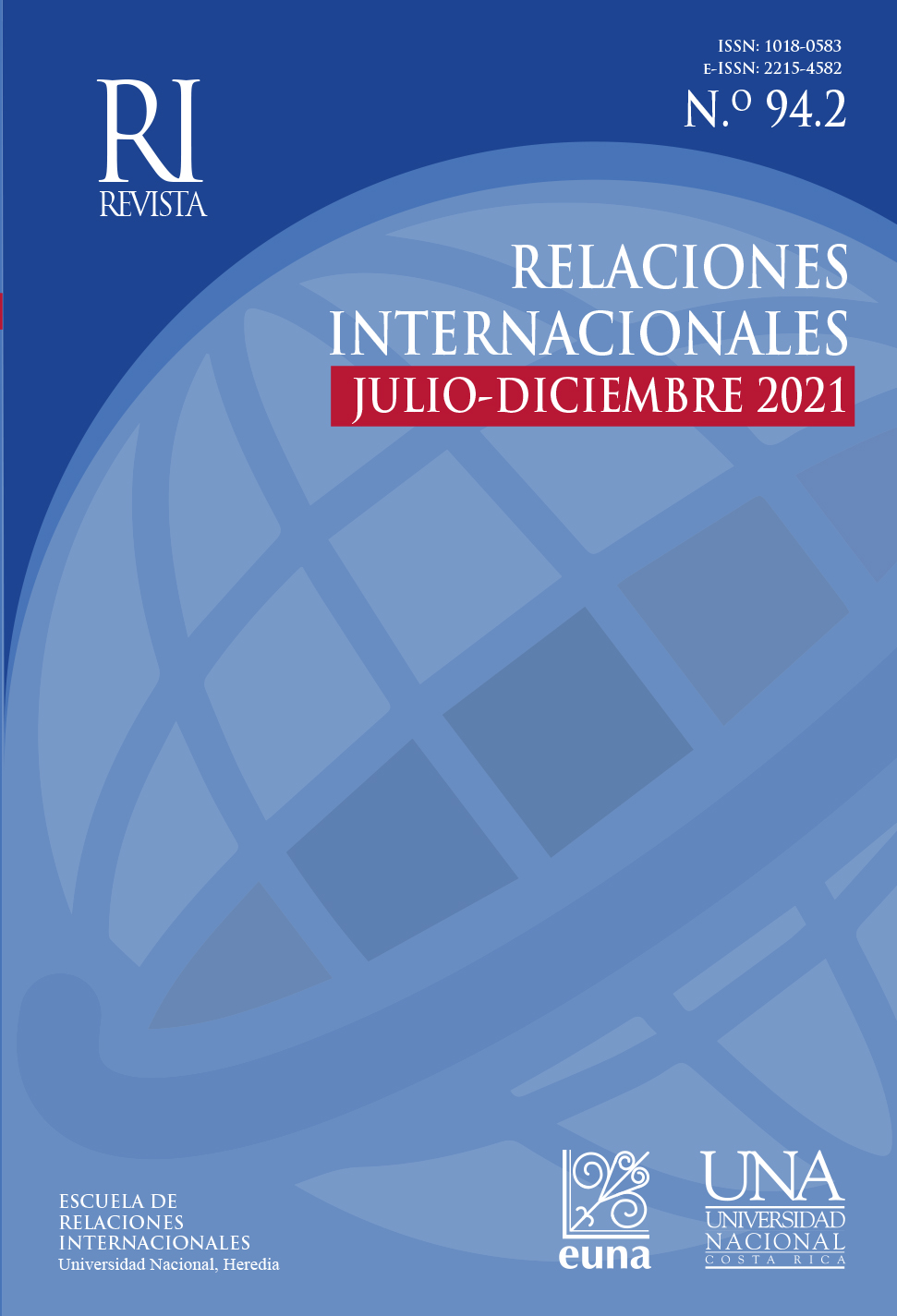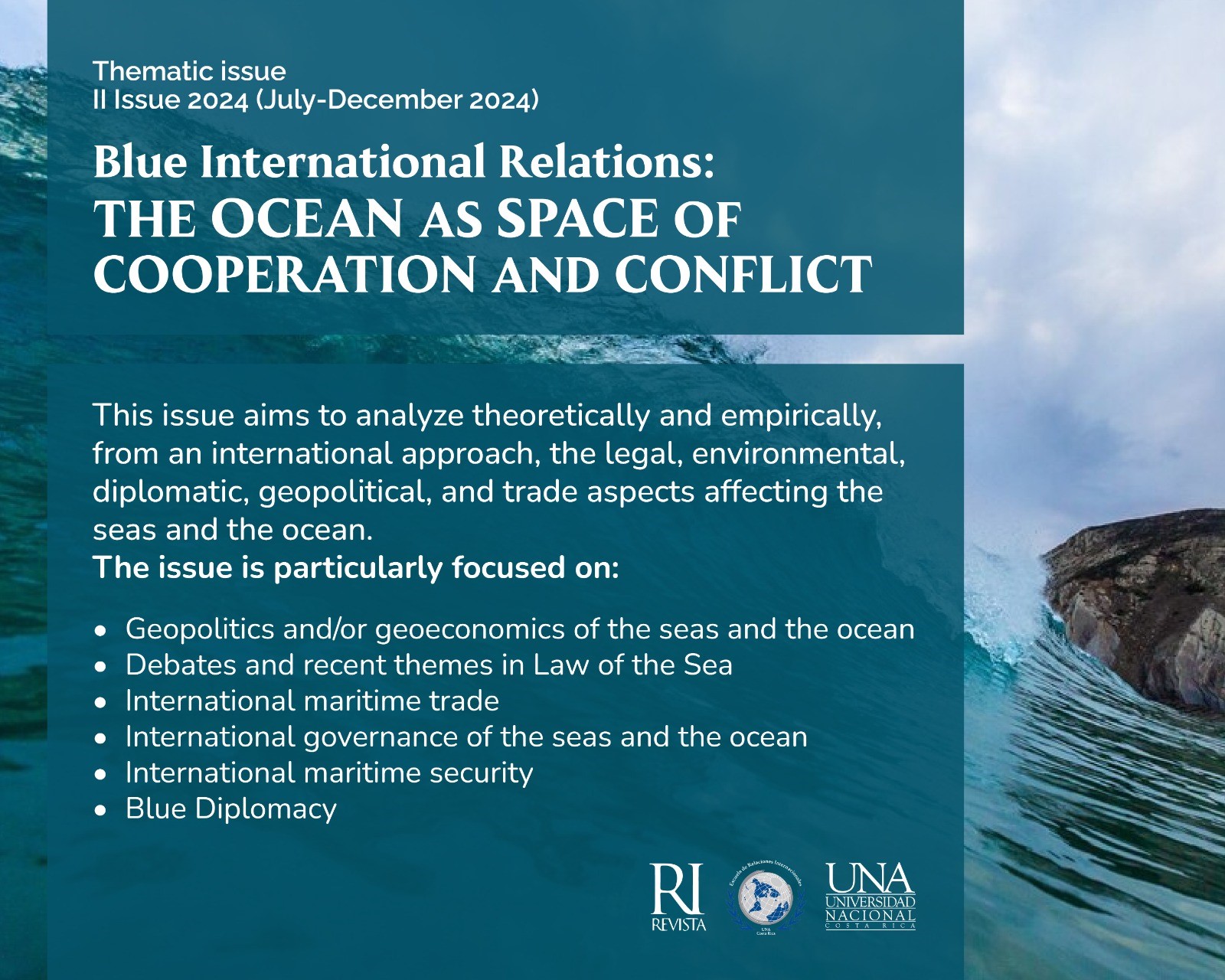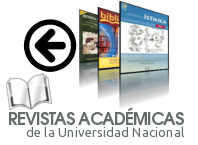The Independence of Central America and the Foreign Influence
DOI:
https://doi.org/10.15359/ri.94-2.4Keywords:
Absolute independence, Central America, Geopolitics, Mexican empire, Monroe Doctrine, powersAbstract
The main target of the article is to understand the evolution of the independence process of the colonies of the Spanish Empire in Central America. It is suggested not only the influence of liberal ideas from Europe after the French Revolution of 1789 but also the example of the independence of the United States. The independence process in Central America was a peaceful movement in contrast to the military confrontations with the royalist troops of the Spanish Monarchy elsewhere. The importance of the participation of the military and politicians in the struggle for independence is underlined, but the participation of the most basic religious establishment, the priests, was of great importance. The legal texts of the Independence Acts of 1821 and 1823 and the Act of the Annexation of Central America to the Mexican Empire are used to assess the role played by the popular will during the independence process against the influence of other foreign States. A reflection on the influence of the United States foreign policy and, especially, of the Monroe Doctrine marks the difference between independence and sovereignty in the independence process of the Central American provinces. The geopolitical importance of the region attracted the interest not only of the European powers, especially Great Britain, but also the United States during the period covered by this article. The political, economic, and social instability that followed the independence process was used by the North American giant to open a waterway that would allow the communication between the Atlantic and Pacific coasts, contributing to the expansion of a new kind of imperialism
References
___________. (1962). “La Entrevista de Guayaquil”; Reportaje de la Historia. Editorial Planeta, Barcelona.
Arriola, J. (2009). Acta de Anexión de Centro América al Imperio Mexicano. Diccionario Enciclopédico de Guatemala.
Atlas Histórico del Mundo. (2011). La Independencia de América Latina. Tikal, Susaeta Ediciones, Madrid.
Diccionario Enciclopédico Salvat. (1981). Salvat Universal, Tomo 2, Barcelona.
Heliodoro V., R. (Comp.) (1927a). Archivo Histórico Diplomático Mexicano. La anexión de Centro América a México. Documentos y escritos de 1821-1822. Tomo II. Publicaciones de la Secretaria de Relaciones Exteriores, México 1927a, Doc. N.º I, de 4 de octubre de 1821.
Heliodoro V., R. (Comp.). (1927b). Archivo Histórico Diplomático Mexicano. La anexión de Centro América a México. Documentos y escritos de 1821-1822.
Tomo II. Publicaciones de la Secretaria de Relaciones Exteriores, México 1927b, Doc. N.º II, de 25 de octubre de 1821.
Menéndez, I. (1855). Declaración de Independencia absoluta de Centroamérica. Decreto Legislativo de la Asamblea Nacional Constituyente del 1.º de julio de 1823; Recopilación de las Leyes del Salvador en Centroamérica. http://www.redicces.org.sv/jspui/handle/10972/1621
Miaja de la Muela, A. (1968). La Emancipación de los pueblos coloniales y el Derecho Internacional, Editorial Tecnos, Madrid.
Potthast-Jutkeit, B. (1998). Centroamérica y el contrabando por la Costa de los Mosquitos en el siglo XVIII. Mesoamérica.
Renouvin, P. (1982 y 1990). Historia de las Relaciones Internacionales, Siglos XIX y XX. Akal, Madrid.
Sánchez A., L. (1971). Derecho Constitucional comparado. Mundo Científico. Serie Jurídica. Editora Nacional, Madrid.
U. S. National Archives & Records Administration. (s. f.). Transcript of Monroe Doctrine. https://www.ourdocuments.gov/print_friendly.php?flash =false&page=transcript&doc=23&title=Transcript+of+Monroe+Doctri ne+%281823%29
Vicens V., J. (1976). Historia General Moderna. Montaner y Simón, S. A., Barcelona.
Published
How to Cite
Issue
Section
License

Revista de Relaciones Internacionales por Universidad Nacional de Costa Rica está bajo una Licencia Creative Commons Atribución-NoComercial-SinDerivar 4.0 Internacional








1.png)







3.png)
